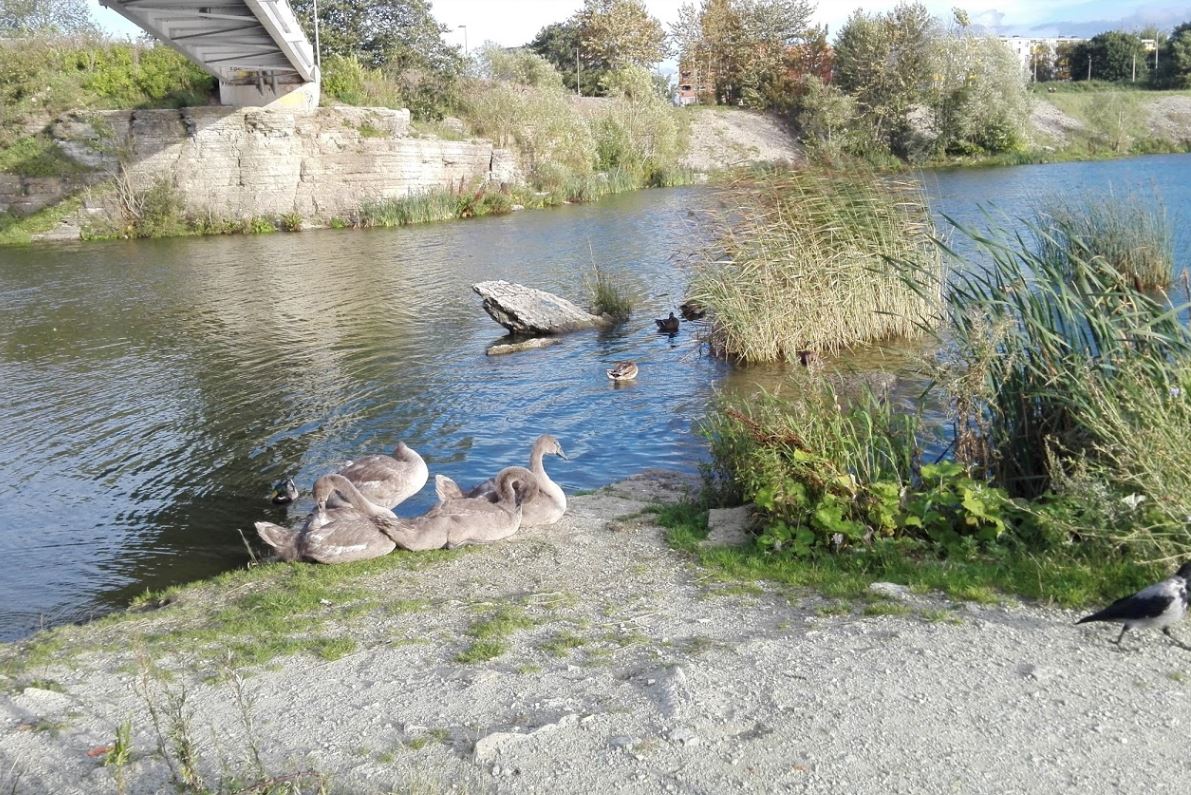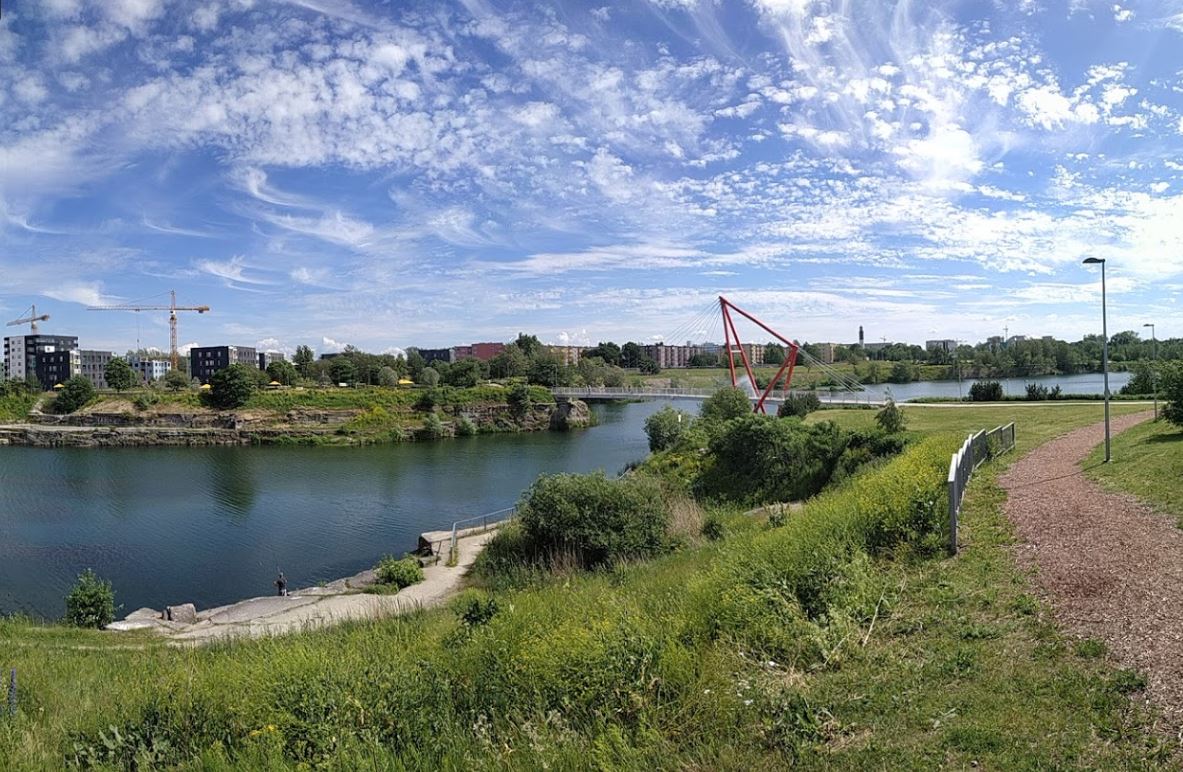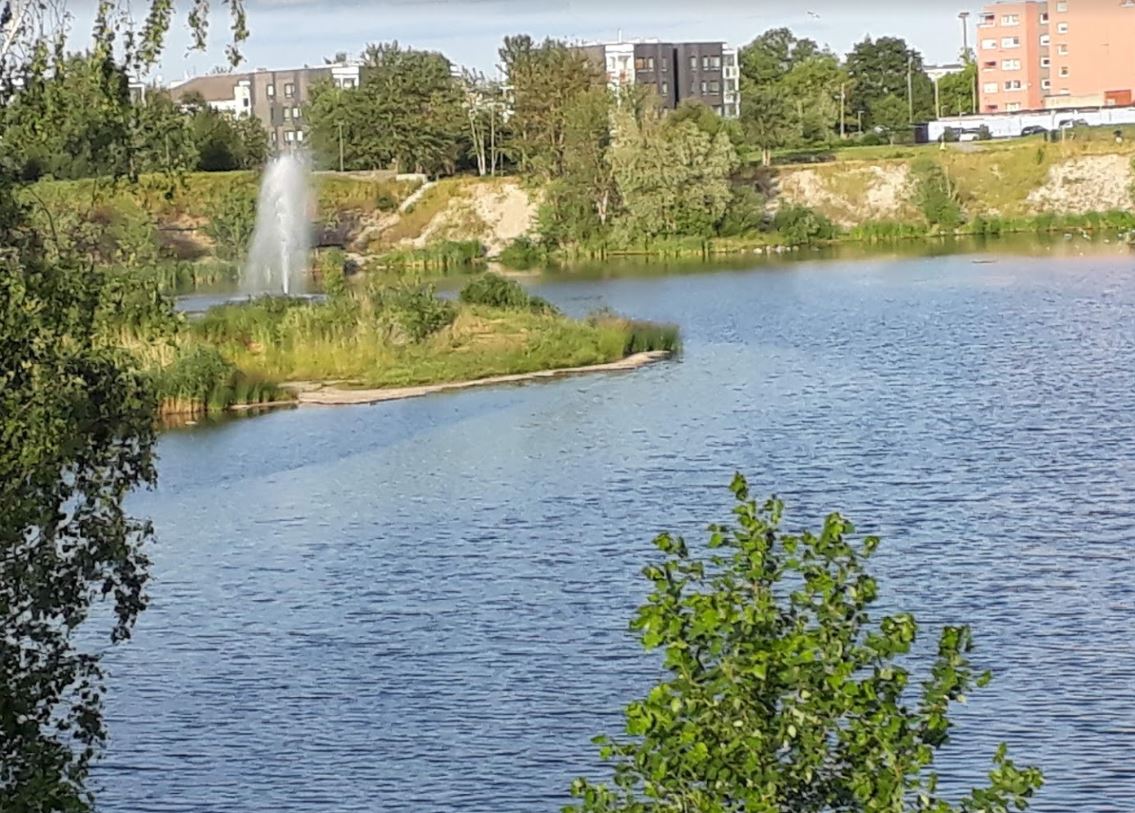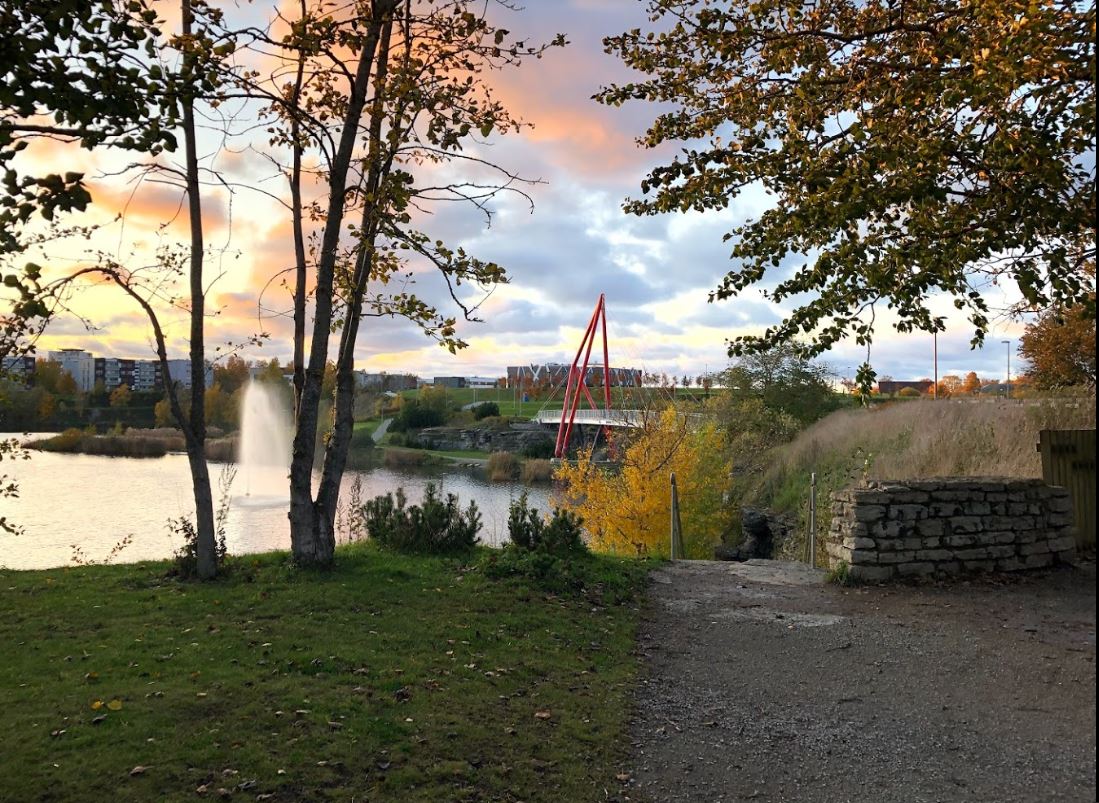The former quarry was completed in the mid-1960s, and since then the area has remained a waste land. Since the Pae Park area has not been greatly affected by human activities in recent decades, it has evolved into an interesting and distinctive area of flora and fauna, in addition to its unique topography. In the area there are common roan, maple, poplar hybrids, soot types, willow varieties, ash maple, teeth, wild fruit trees and others. The most exotic species of tree is the apricot tree. New planting has been made on existing species, with conifers (European pine and mountain pine), and decorative varieties of some species of trees and flowering shrubs.
The body of water in the center of Pae Park is a place to nest and rest for waterfowl, where you can see moths, swans, seagulls, gulls, wild animals, wild ducks, and seagulls. The northern beaches of water bodies are a favorite spot for fishermen. This year the mountain park and summer theater area have been completed. The entire Bay Park area has been cleaned of brought debris and existing relief items have been rearranged. The water body was also cleaned and 350 carp were brought. At the end of the summer of 2009, anyone could have left their mark in Pae Park (as the mayor of Tallinn did). The park will be gradually built every year.
x
T
R
F
I
H
I
We have 16614 Parks Now ... The First and largest platform for green public parks
Pae park
Pae park
Paepargi 21, 11414 Tallinn, Estonia
Every Day : 24 Hours .
About Park
-
Preview
The area of the watery eye is 8 hectaresImportant Information
-
Every Day
24 Hours -
Park Area
220000.00 SQM -
Foundation Date
1/1/1960
-
Every Day
-
Intertainment Elements
Sports
Sitting places
Entertainment
Trips
Kids area
-
Main Elements
- Cleanliness
- Parking and public transport
- Green areas
- Open spaces
- Open paths for walking
- Litter bins






